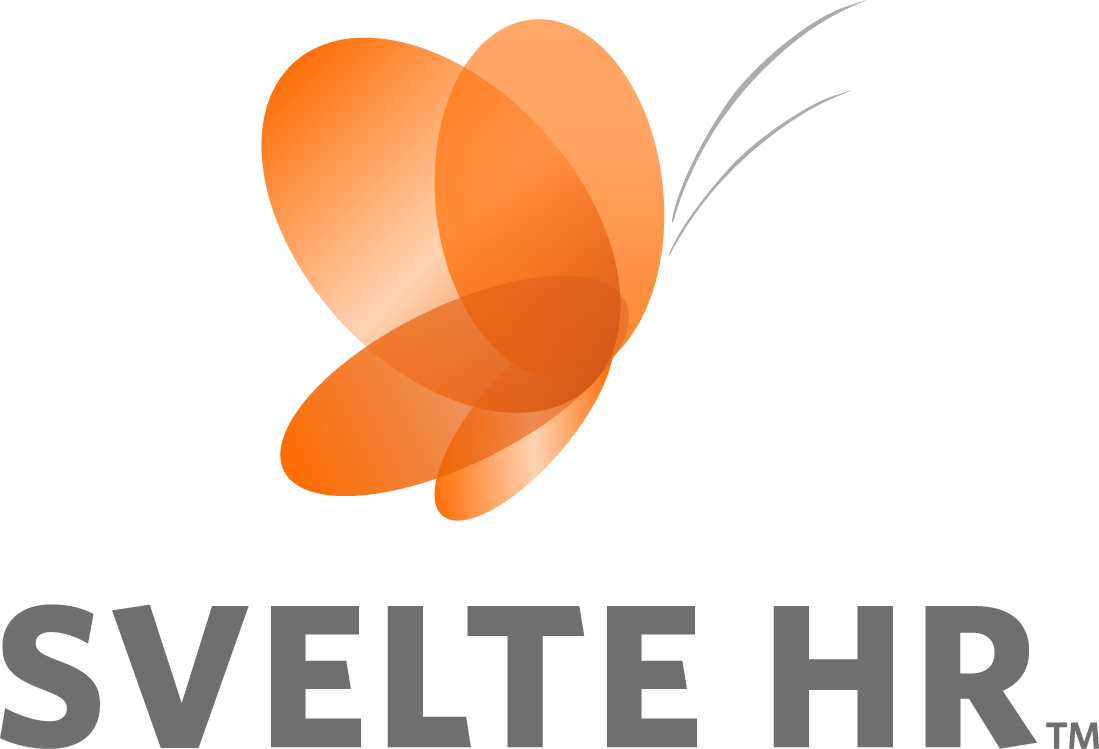If you follow the fields of human resources, training and development, and continuous improvement, you will see a lot of discussion about Organizational Development (OD). OD in practice is planned, systematic change posited to increase the organization’s agility.Many may think of it as simply change management or talent development as the visible activities are focused on a micro ‘fix’; addressing one aspect in an organization. Organizational Effectiveness (OE) is the macro approach; zoomed in to see in detail how multiple aspects of an organization work (or don’t work) together. We use OD tactics to align the components while fixated on how well the organization is able to meet it’s intended outcomes. OE considers the whole; does management style align with the shared values, does structure align with strategy, etc. When the components align, the organization is effective in achieving it’s intended outcomes.
OE is discussed much less frequently than OD yet carries a higher ROI; waste may be reduced, decision making may become more efficient, even shareholders may see results. Yet, we’ve all read about and/or experienced OD initiatives. What many of us didn’t understand was the ‘why’ we had to endure another change; leaders didn’t communicate the bigger plan or there wasn’t a bigger plan. We were told the initiative would create a ‘better culture’, that it would ‘increase engagement’, and ‘drive profitability’. All of these outcomes are vague,buzzword attempts to convince employees that whatever it is that we are doing is worth it. (Oh, and in the meantime, don’t forget about the ‘quick wins’. Pfffffft.) OE concepts can lead us to the ‘why’.
Consider the goal to reduce turnover. An organization is adequately staffed and structured to deliver it’s services. Employees share the values of professional development and family;among others. The organization has systems in place to ensure ongoing skills development for employees. However, strategic planning is all dollars and cents and the management style is not conducive to life-work balance. The ‘quick win’of a lower cost benefit plan will not decrease turnover. Realignment must be targeted on a shift in management style and a strategic plan that speaks to shared values. ‘Why’? Employees are placing value in maintaining a balance between their work and their families. Management style demonstrates little support by maintaining excessive workloads, assessing lower than market compensation, and in some cases, bully behaviors. Employees are leaving because the values they share are continually pushed aside. Working with leaders to revise their style, possibly restructure workloads, and even develop a strategic plan aligned with the shared values will positively affect turnover.
This is OE. Digging through different aspects of an organization to determine what is amiss and leading to lack of goal achievement; then using OD tactics for solutions that will lead to goal achievement. Every organization has goals. What are goals in your organization that are not being met? How could OE help turn that around?

